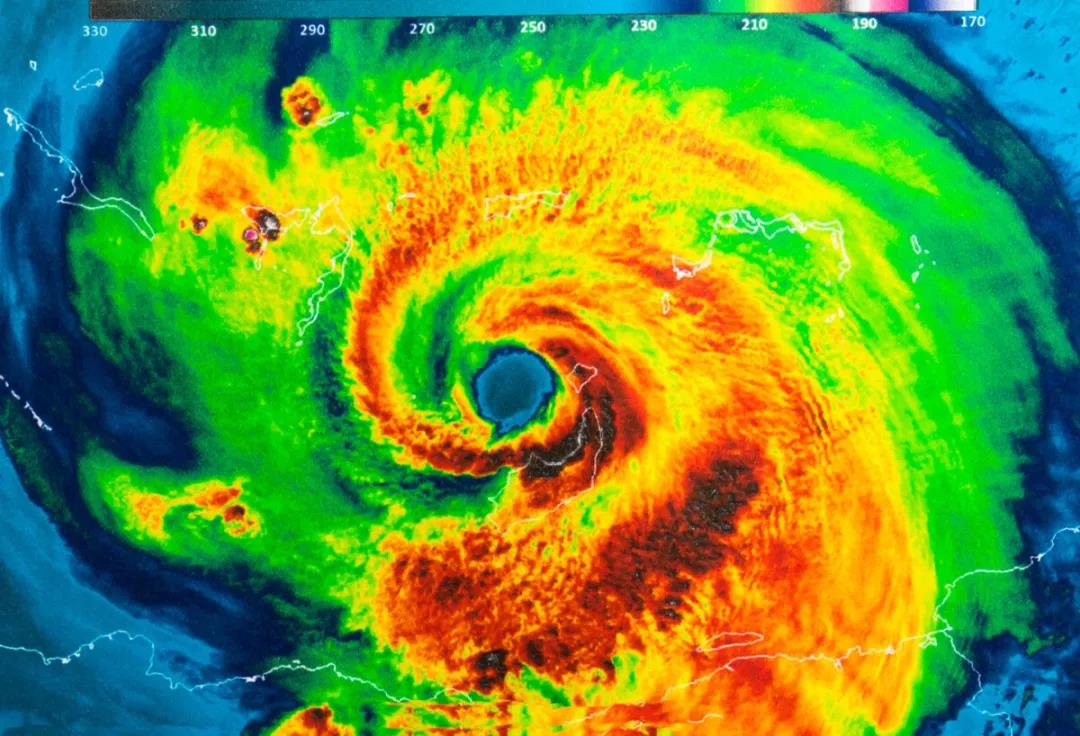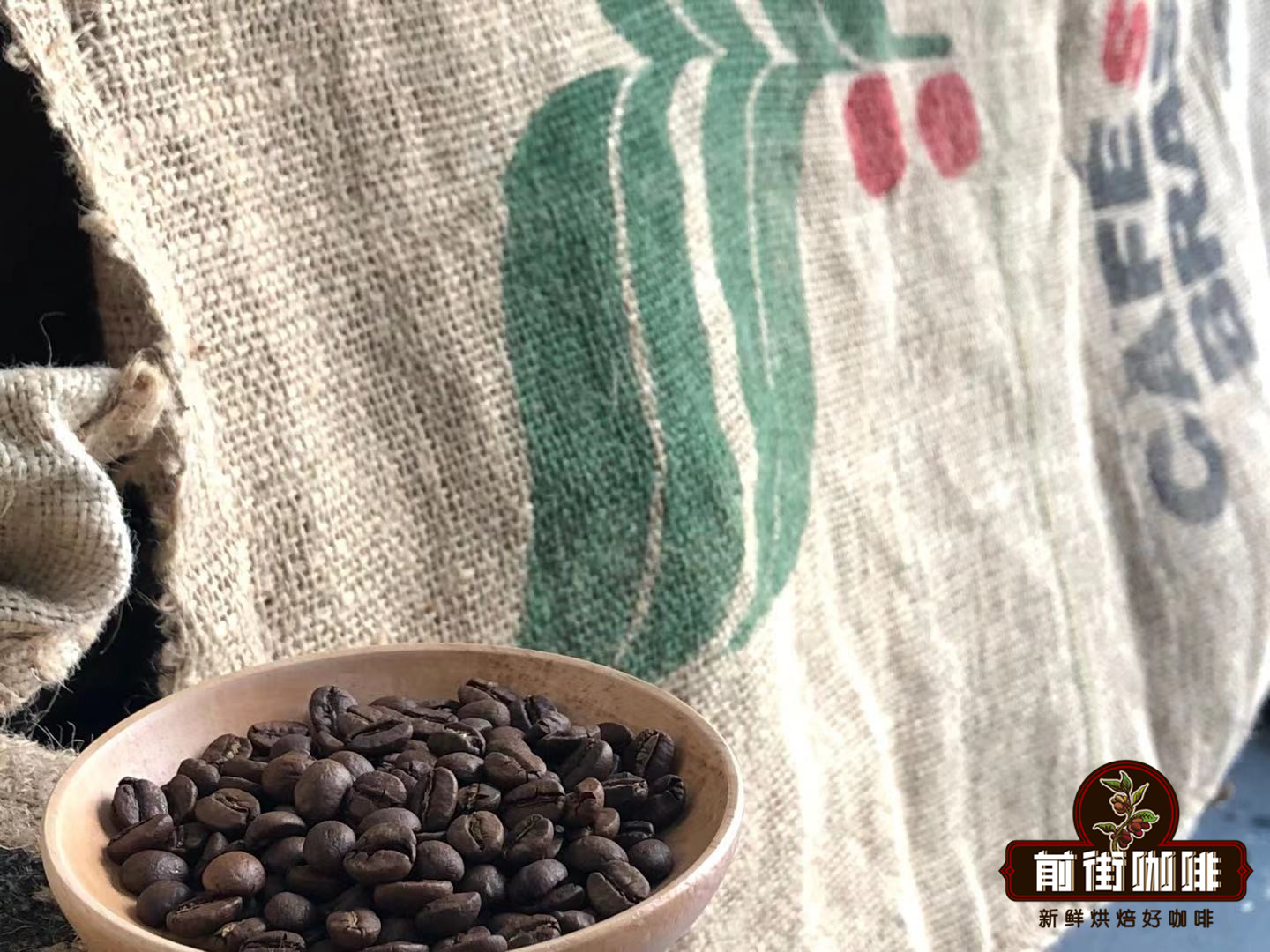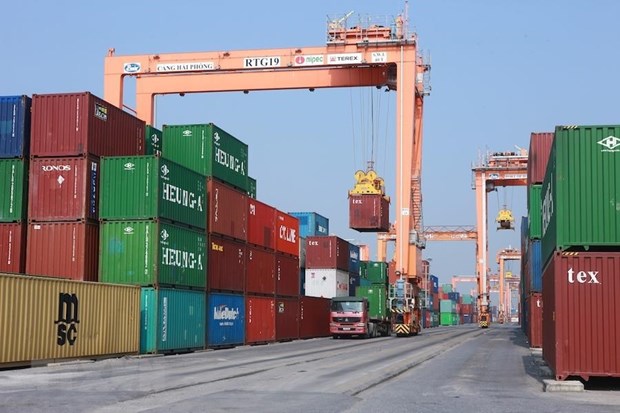The hurricane hit the Central American producing area and reduced the production of coffee beans in many countries in Central America to varying degrees.

Professional coffee knowledge exchange more coffee bean information please follow the coffee workshop (Wechat official account cafe_style)
On November 3, 2020, Category 4 Hurricane ETA (later downgraded to a tropical storm) made landfall in Central America. The hurricane caused varying degrees of damage to Nicaragua, Guatemala, Honduras, El Salvador and Panama. Costa Rica, Mexico and Jamaica were also affected by the hurricane and brought heavy rain. The hurricane destroyed power lines in Central America, caused landslides and floods, and disrupted road access in some remote areas, resulting in the loss of many homes and lives.

COVID-19 has already had a significant impact on coffee production in these countries, but the arrival of the hurricane is undoubtedly even worse. In addition to destroying farmland, the undestroyed farmland is also affected by the rainfall brought by the hurricane, affecting the growth of coffee fruit.
Nicaragua: coffee leaf rust spreads through storm and Rain Water
Lily Seville, president of the National Union of Nicaraguan Coffee producers, said: "although the harvest season for Nicaraguan coffee has not yet begun, a long period of rain may accelerate the ripening of coffee fruit, and ripening too quickly reduces the time for coffee flavor formation and affects the quality of coffee at the final harvest."

In addition to affecting the speed of fruit ripening, a large number of molded fruits were knocked down by strong winds and torrential rain, and even coffee leaf rust in many areas spread through the spread of wind and Rain Water. According to local government estimates, in Ginotega, Matalpa, Boko and other growing areas, more than 3400 hectares of coffee farms were damaged by the hurricane.
Honduras: coffee smallholder communities damaged, 2021 or reduced production by 3%
The hurricane ravaged the Central American coastline and reached northern Honduras. Torrential rains and catastrophic winds caused by tropical storms bring floods, landslides and landslides. A local agricultural non-governmental organization in Honduras said: "I have received a lot of calls and messages from farmers about the destruction of their homes and the loss of harvest by the hurricane." Some hard-hit provinces, including Copan á n, the main coffee producing area in Honduras, originally thought that the weather conditions and rainfall patterns in late 2020 would be very favorable for the growth of coffee trees. "the crops had enough water to grow, and the flowering of coffee plants was impressive," recalls a Honduran coffee farmer. Many farmers in the area thought it would have been a perfect harvest to recover from the influence of COVID-19, and expectations were instantly dashed by the arrival of a hurricane.

According to the International Coffee Organization, a total of 3409 hectares of coffee farmland have been damaged in Honduras, with some slightly lost areas of 4144 hectares, resulting in a loss of about 3 per cent of the total exportable coffee production in 2020. According to the USDA's latest Global Agricultural Information (GEAGE) annual statistics, Honduras exported a total of about 372 million pounds of coffee beans last year. In other words, if the loss reaches 3%, the exportable coffee will be reduced by 11.7 million pounds in the new season.
Guatemala: coffee production and exports are not optimistic in 2021
Guatemala was also hit by Hurricane ETA, causing severe damage to Vivette Nanguo, the main coffee producing area. The hurricane caused about 13000 small farmers in Guatemala to lose coffee, bananas and other major economic crops. "as a result of landslides on my farm, I will lose at least 5% of my harvest, and many of my coffee plants and banana trees have been completely destroyed," said a local farmer. The Guatemalan National Coffee Association said: "Guatemala's coffee production and exports in 2021 are not optimistic."

El Salvador: ripe grain falls and coffee crops are damaged
El Salvador coffee fair trade certification cooperatives said: due to too much Rain Water, so that mature grain fell, coffee crops were damaged. Data from the Salvadoran Coffee Association (ACAFESAL) show that continued rainfall caused by the hurricane put coffee production at risk of 15 to 20 per cent between 2019 and 2020, and sugar cane crops were also affected.
Panama: leaf rust spreads in central America. Panama may reduce production by more than 15% in 2021.
Although the hurricane in Panama did not have a serious impact on many coffee areas in Panama except for the collapse of houses, coffee leaf rust in Central America is accelerating due to heavy rainfall. In addition, coffee varieties grown in Panama are vulnerable to leaf rust, and as leaf rust has begun to spread, Panamanian coffee production is expected to decrease by 15% and 20% next year.

Jamaica: affected by heavy rain, Jamaican Blue Mountain Coffee may be reduced to varying degrees!
Although the hurricane did not directly hit the Blue Mountains of Jamaica, excessive Rain Water in coffee plants caused by torrential rains caused an imbalance in the nutrition of the red fruit, which in turn caused the red fruit to fall before it was ripe. At the same time, the roads in the Blue Mountains of Jamaica have been severely damaged by landslides, which will reduce the production of Blue Mountain coffee to varying degrees during the harvest season.
For more boutique coffee beans, please add private Qianjie coffee on Wechat. WeChat account: kaixinguoguo0925
Important Notice :
前街咖啡 FrontStreet Coffee has moved to new addredd:
FrontStreet Coffee Address: 315,Donghua East Road,GuangZhou
Tel:020 38364473
- Prev

The improvement of coffee quality in Brazil has become the second largest source of coffee inventory on the ICE Exchange in the United States.
Professional coffee knowledge exchange more coffee bean information please pay attention to the coffee workshop (Wechat official account cafe_style) COVID-19 has had an impact on the lives and economies of people around the world, the world is looking for solutions to enable society to return to relatively normal as soon as possible. And despite all the negative effects of the pandemic, the sustainability of Brazilian agribusiness has made the country
- Next

Due to the shortage of containers, Vietnamese coffee exports fell by 17.6% in January compared with the same period last year.
For more information on coffee beans, please follow the coffee workshop (Wechat official account cafe_style) Vietnam is the world's largest producer of Robbosa beans. Vietnam's coffee exports fell 17.6 percent in January from a year earlier to 120000 tons, equivalent to 2 million bags (60 kilograms per bag), according to the General Administration of Statistics (GSO) on January 29. It is estimated that this month, Robes, Vietnam
Related
- What documents do you need to go through to open a coffee shop? coffee shop coffee shop certificate processing process
- How to purchase Coffee beans in small Cafe how to choose a suitable supplier for domestic Coffee supply Company
- How to drink Starbucks Fragrance White Coffee? how to make Australian White Coffee? what Italian coffee beans are recommended?
- The Story of Flora Coffee: the name of Flora Coffee Bean and the implication of the Flowers on Florna Coffee
- How much does a cup of coffee cost? How much is the profit of a cup of coffee? What is the profit of the coffee shop in a year?
- Yunnan small Coffee, known as "fragrant Coffee", introduces the characteristics of Alpine Arabica Coffee producing areas in Yunnan, China
- 2023 latest Starbucks full menu price list how much is a cup of Starbucks coffee what is better to drink the most popular hot and cold drinks recommended
- Starbucks different kinds of Coffee Price list Starbucks menu 2023 Top Ten Best drinks in Starbucks
- Starbucks Spring praise Comprehensive matching Coffee Bean theme Story Packaging implication and taste description
- The cost of a cup of coffee latte American coffee cost price and selling price

